"Boy with a basket of fruit" is among the first signed paintings by Michelangelo Merisi, known as Caravaggio. The painting is an oil on canvas and measures 70 by 67 cm. The painting was most probably executed between 1593 and 1594 when Caravaggio, in his early twenties, was in Rome. He was an apprentice in the workshop of the painter Giuseppe Cesari, better known as Cavalier D’Arpino. The Sicilian painter Mario Minniti, then sixteen, is the young protagonist of the painting. He too was an apprentice in Cavalier D’Arpino’s workshop. Minniti, a good friend of Caravaggio’s, would soon become his associate and even appear in several other works of his.
Shown with his head tilted and his mouth open, his shirt undone and his shoulder sensually exposed, the young Minniti is holding a “canestra”, that’s to say a basket, full of fruit. The painting underlines Caravaggio’s meticulous care for realistic detail: the skin, the folds in the young man’s clothes, the details of the fruits, painted in their varying degrees of ripeness, and, last but not least, the workmanship of the basket holding the fruit.
In this early work, Caravaggio already outlines the technique he valued so dearly: the contrast between light and shadow. In the background we can distinguish a shadow, which could be that of the painter with his canvas. The light instead stems from the upper left-hand corner, and only partially illuminates the person and the objects depicted.
The painting is subject to several different interpretations: an allegory of love, of autumn, possibly of life itself. Nonetheless, it reveals the painter’s supreme ability in reproducing the authenticity of nature without idealizing or beautifying it. This ability to portray reality so admirably will be completely perfected in Basket of Fruit, painted by Caravaggio in 1596.
Boy with a basket of fruit will remain in Cavalier D’Arpino’s workshop until 1607. That year, D’Arpino is sent to jail and his belongings are seized. Soon after, the painting becomes part of Cardinal Scipione Borghese’s private collection. The painting is hung in the Sala del Sileno, room 8, of the Borghese Gallery in Rome.
Shown with his head tilted and his mouth open, his shirt undone and his shoulder sensually exposed, the young Minniti is holding a “canestra”, that’s to say a basket, full of fruit. The painting underlines Caravaggio’s meticulous care for realistic detail: the skin, the folds in the young man’s clothes, the details of the fruits, painted in their varying degrees of ripeness, and, last but not least, the workmanship of the basket holding the fruit.
In this early work, Caravaggio already outlines the technique he valued so dearly: the contrast between light and shadow. In the background we can distinguish a shadow, which could be that of the painter with his canvas. The light instead stems from the upper left-hand corner, and only partially illuminates the person and the objects depicted.
The painting is subject to several different interpretations: an allegory of love, of autumn, possibly of life itself. Nonetheless, it reveals the painter’s supreme ability in reproducing the authenticity of nature without idealizing or beautifying it. This ability to portray reality so admirably will be completely perfected in Basket of Fruit, painted by Caravaggio in 1596.
Boy with a basket of fruit will remain in Cavalier D’Arpino’s workshop until 1607. That year, D’Arpino is sent to jail and his belongings are seized. Soon after, the painting becomes part of Cardinal Scipione Borghese’s private collection. The painting is hung in the Sala del Sileno, room 8, of the Borghese Gallery in Rome.
RELATED
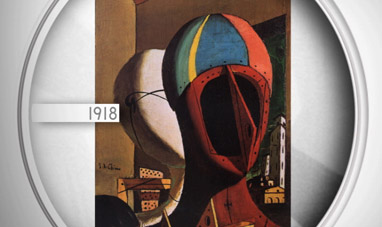

DISQUIETING MUSES
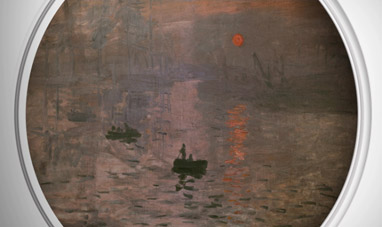

IMPRESSION, SUNRISE
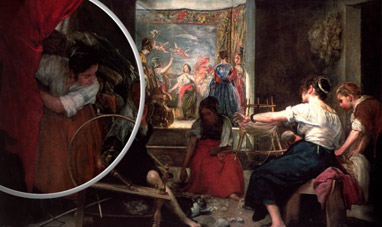

LAS HILANDERAS
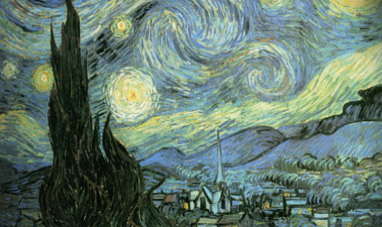

STARRY NIGHT
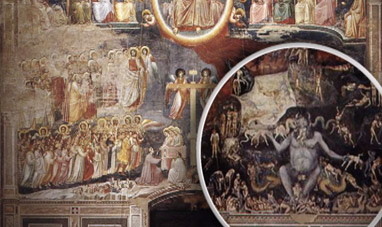

SCROVEGNI CHAPEL
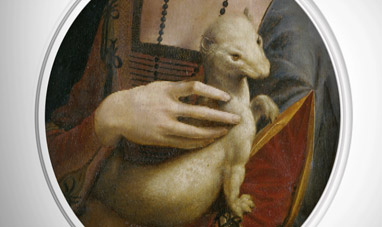

LADY WITH AN ERMINE
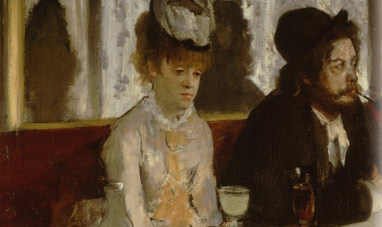

L'ABSINTHE
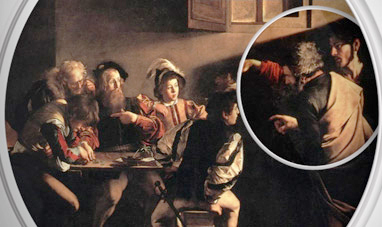

THE CALLING OF ST. MATTHEW
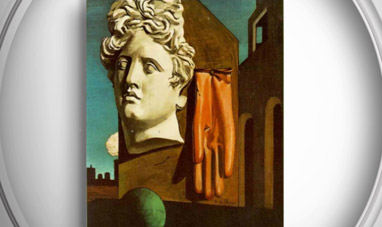

LOVE SONG
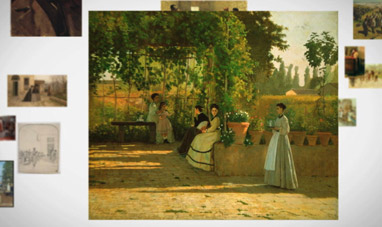

THE MACCHIAIOLI
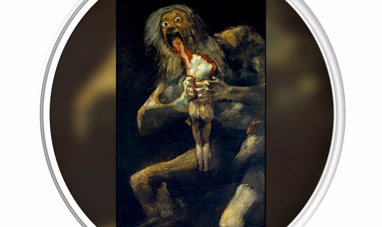

SATURN DEVOURING HIS SON
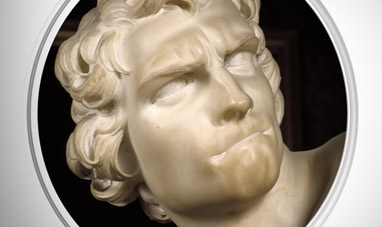

DAVID (BERNINI)
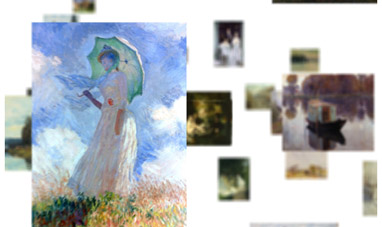

IMPRESSIONISM
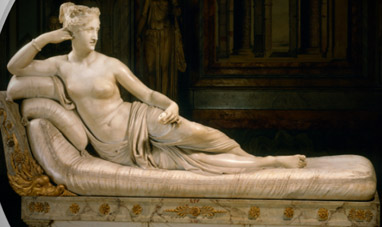

PAULINE BORGHESE
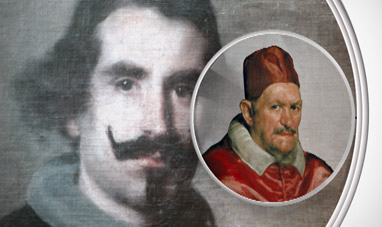

INNOCENT X
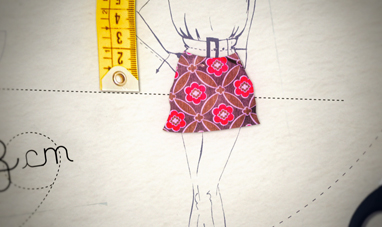

MINISKIRT
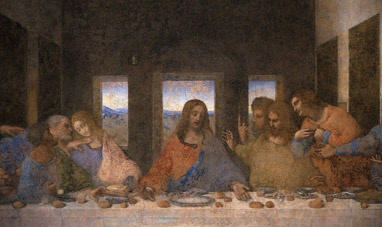

THE LAST SUPPER
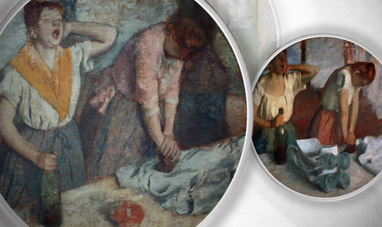

WOMEN IRONING


DREAM CAUSED BY THE FLIGHT OF A BEE AROUND A...
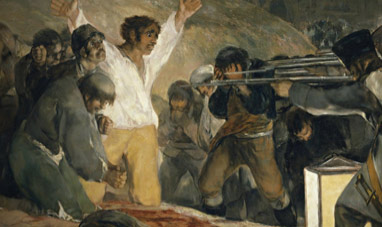

THE THIRD OF MAY 1808: THE EXECUTION OF THE DEFENDERS...
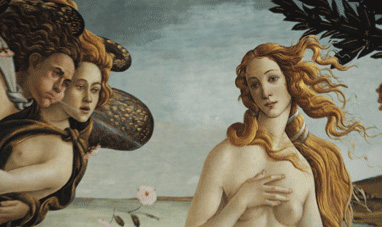

THE RENAISSANCE
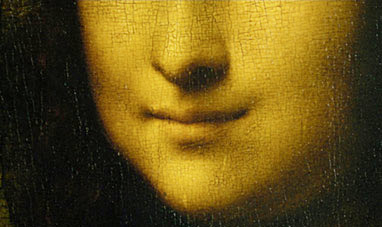

THE MONA LISA
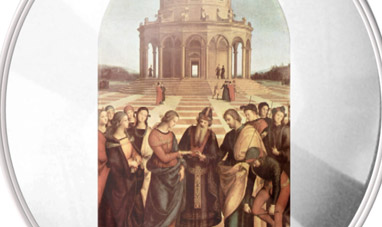

THE MARRIAGE OF THE VIRGIN
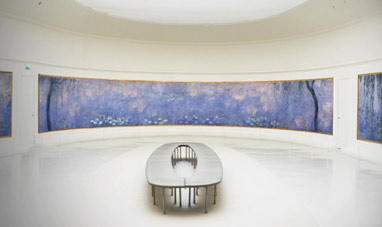

WATER LILIES (SERIES)
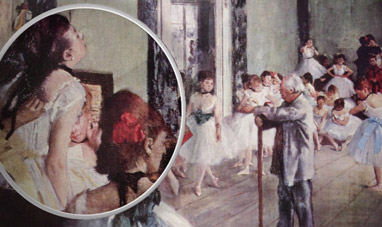

THE DANCE CLASS
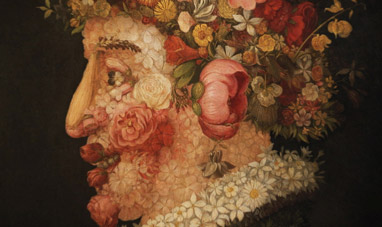

MANNERISM
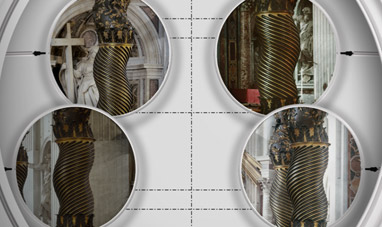

ST. PETER'S BALDACHIN


THE THREE GRACES
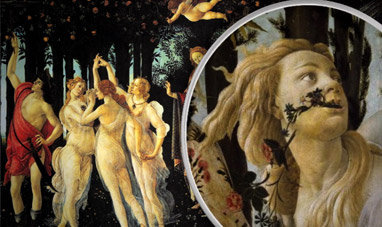

PRIMAVERA
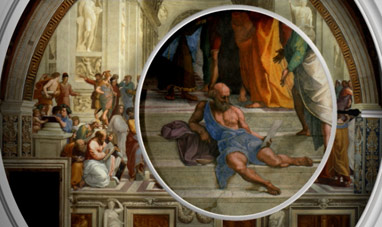

THE SCHOOL OF ATHENS
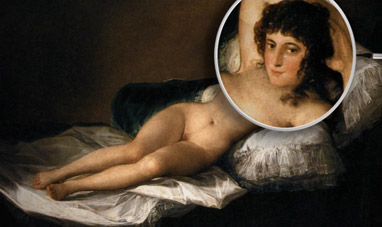

THE NUDE MAJA
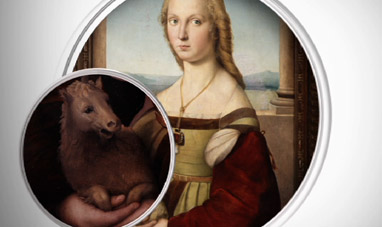

YOUNG WOMAN WITH UNICORN


SOLOMON R. GUGGENHEIM MUSEUM
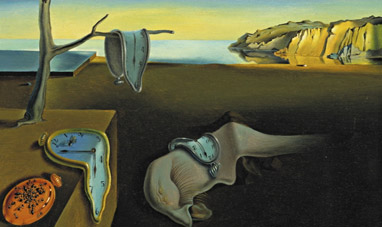

THE PERSISTENCE OF MEMORY
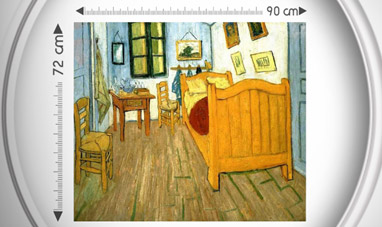

THE BEDROOM


DAVID (MICHELANGELO)
